The Cold Brew Coffee Craze: Why On Earth Is It So Popular??
As a coffee lover, it’s impossible not to notice the latest craze taking over the world of caffeinated drinks: cold brew coffee.
Spoiler alert: I love cold brew coffee as well.
And in this article, I want to show you what sets cold brew apart from other coffee drinks and why everyone seems to be jumping on this bandwagon.
A Brief History of Cold Brew Coffee
The truth is that cold brew has been around for centuries but was only popularized recently.
Though there are debates on whether the Dutch or the Japanese invented it, the first documented evidence of this smooth and delicious drink can be traced back to Japan in the 1600s. They developed a technique called Kyoto-style slow drip brewing. It involves slowly dripping ice-cold water over coarse coffee grounds for 12 hours.
Over time, various countries came up with their versions of cold brew:
- The beverage made its way from Japan to Algeria in 1840, where it was called mazagran and was made with lemon.
- It arrived in Cuba during the 1930s, undergoing many reinventions to match the local culture.
- Because of his visit to Peru, Todd Simpson introduced cold brew coffee in the 1960s to US cafes.
- Using coffee concentrate in blended drinks became a trend in the 1990s.
- Fast forward to the 21st century, where two coffeehouses pioneered the adoption of cold brew into their menus: New Orleans-style iced coffee by Blue Bottle and Nitro cold brew by Stumptown Coffee Roaster.
It’s amazing how much cold brew has evolved since its early beginnings in Asia centuries ago, but what remains constant is its refreshing taste and versatility. At present, cold brew coffee is easily accessible due to the influence of third-wave coffee shops.
Whether you prefer it hot or iced, black or sweetened, there are endless ways to enjoy this coffee beverage. This versatility has further solidified cold brew’s place among other specialty coffees as a go-to drink for enthusiasts and casual drinkers alike.
What Sets Cold Brew Apart from Other Coffee
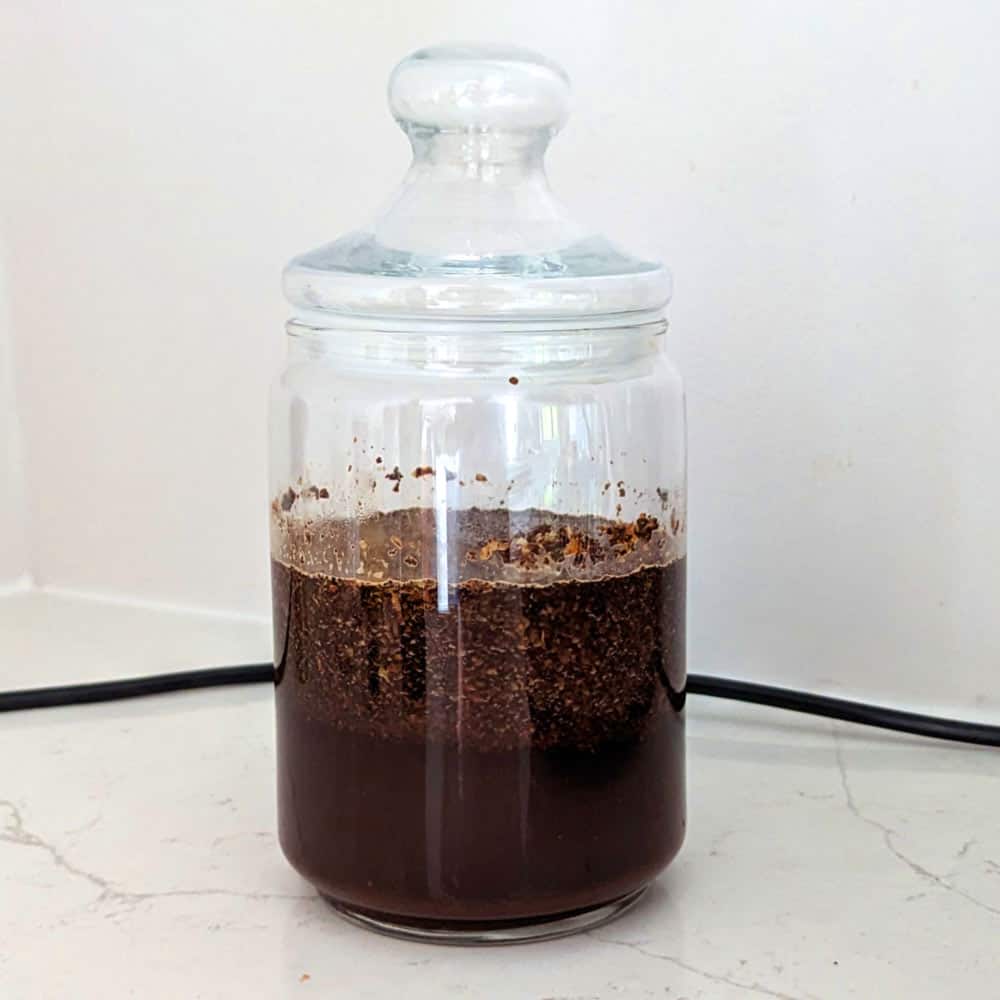
While they may seem similar on the surface, each type of coffee has its unique characteristics.
Brewing technique
Hot coffee is made by pouring hot water over ground coffee beans and extracting flavor through heat.
On the other hand, cold brew uses room temperature, or even chilled water to slowly extract flavors from the grounds over an extended period (usually around 12-24 hours). This slow and steady process results in a smooth and slightly sweet flavor profile that differentiates it from traditional hot coffee.
As for iced coffee, it’s simply regular hot-brewed coffee that gets chilled before serving. Sometimes ice cubes are added during preparation, resulting in a watered-down taste as the ice melts.
Acidity levels
Traditional hot brewed coffee has higher acidity, which can cause stomach discomfort and teeth sensitivity in some people.
But with cold brew, you get the same great taste without the harsh aftertaste.
Taste
When comparing it with traditional coffees, you’ll notice that there are distinct differences in terms of flavor.
- While hot-brewed coffee has a more robust taste,
- cold brew has a milder yet more complex flavor profile.
- On the other hand, iced coffee is just hot coffee poured over ice which dilutes the taste, similar to an Americano.
Key Factors Behind Cold Brew’s Popularity
Cold brew is not just a trend, but it’s here to stay because of the following factors:
Health Benefits
Compared to traditional hot brewed coffee, cold brew is 70% less acidic, making it gentler on the stomach and teeth. This was great news because there are days I drink coffee on an empty stomach, and I don’t have to worry about an inflamed gut lining.
Additionally, research shows that drinking cold-brewed coffee daily>
- improves metabolism
- lowers risks of heart disease, type 2 diabetes, Alzheimer’s, and Parkinson’s disease
- provides antioxidant protection.
Enhanced Flavor Profile
The taste profile of cold brew is my favorite aspect and is one of its major draws. Unlike hot or iced coffee but similar to cold coffee, cold brew is known for its smoothness and sweetness.
The brewing process of steeping coarse coffee grounds in cold water rather than exposing them to high temperatures results in a less bitter taste, making it perfect for those who prefer their coffee on the sweeter side.
Depending on your coffee beans, you can experience chocolate, caramel, or fruit notes. Cold brew generally mellows out the different roast profiles and gives a thicker and creamier body.
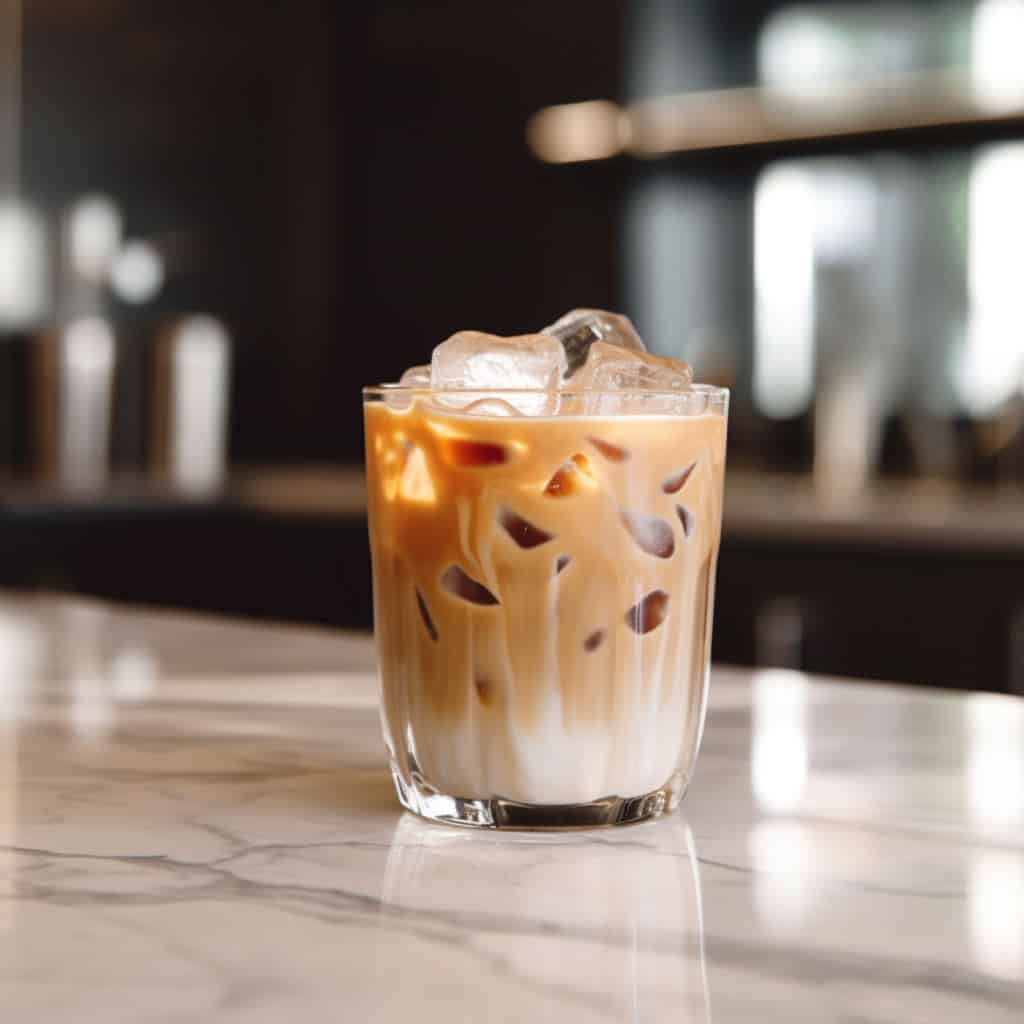
Convenience and Simplicity
Home baristas know very well that making coffee the traditional way, automatically or with a pour-over, requires constant attention and monitoring. Not that I mind actually, because there’s something satisfying about the process. However, sometimes we just want a caffeine fix without all the fuss.
That’s where cold brew comes in handy.
The beauty of cold brewing is that it doesn’t require any special equipment like an espresso machine or even a drip coffee maker. You don’t even have to hone your pouring technique. You only need some coarsely ground coffee beans, water, a container or pitcher for steeping, filters, and patience.
After the brewing time is complete, you are left with 300-400 ml cold brew concentrate, which you can store in your fridge for up to 10 days and use later as a short espresso-type drink, or dilute it to make it more similar to drip coffee. I always have some in my refrigerator.
The ease of making it at home, and always having it ready is a big plus in my book.
Plus, since you’re making it on your schedule and don’t have to worry about waiting in line during peak morning rush hour at your local Starbucks, you’ll save precious time too.
So the next time you’re gearing up for a busy week, you can prep a cold brew over the weekend to get you through a week of deadlines.
Versatility and Experimentation
Just because it’s called cold brew, it doesn’t mean you can only serve it cold. You can also heat it for those chilly mornings or mix it into cocktails as the perfect summer refresher.
On its own, cold brew already has a pleasant taste, but don’t let that stop you. There are endless flavor combinations and pairings you can try. Its smoothness goes well with creamers and syrups, while its sweetness is perfect with pastries and desserts.
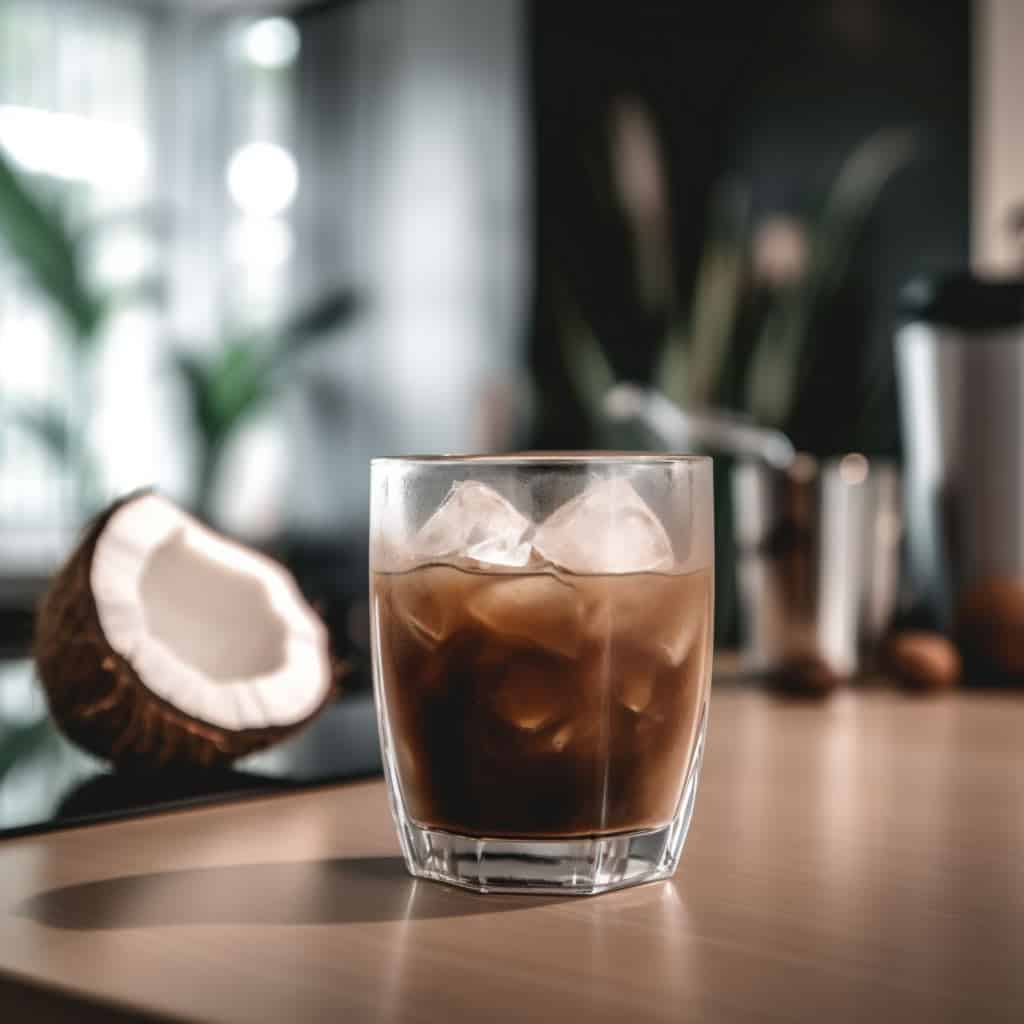
Whether you prefer a classic vanilla or caramel flavor or want to try something bold like lavender or pumpkin spice, there are countless ways to customize your cold brew to suit your tastes.
Here are some of my favorite cold brew flavoring recipes.
Of course, experimenting with different flavors isn’t just limited to the coffee itself – you can also get creative with what you serve alongside it. One of my personal favorites is pairing a fruity cold brew with a slice of lemon pound cake or fresh berries.
Higher Caffeine Content
You might be surprised to know that cold brew packs a stronger punch than most coffee beverages. The secret lies in the brewing process. Its longer brew time results in a stronger and more potent brew.
But if you’re worried about too much caffeine, don’t be. Like me, many people experienced a sustained energy boost without all the jitters our misconceptions lead us to believe. I could compare it more to the effect of caffeine in green tea.
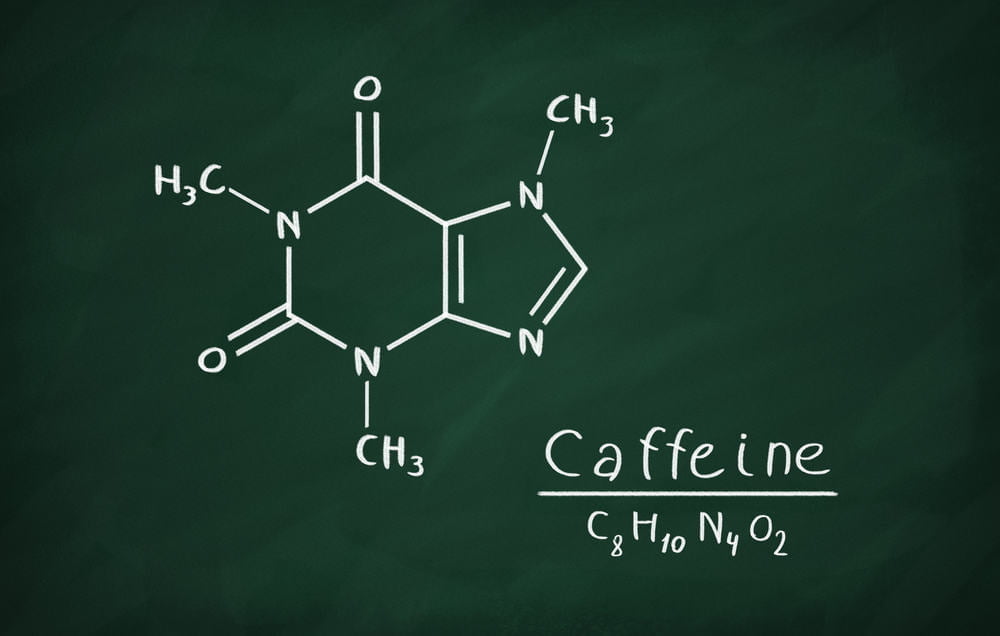
The Future of Cold Brew Coffee
In today’s coffee-loving world, cold brew has become a staple, from canned cold brew to artisanal cafes. But what does the future look like for this wildly popular drink?
When it comes to market size, Gen Z and millennials are leading the charge to hype up this simple yet delicious drink. They are no longer content with the traditional black cup of drip coffee at traditional diners. Not only do they look for more dynamic experiences in their coffee, but these younger generations have also been described as being more health-conscious and prioritizing quality over quantity.
This trend bodes well for the cold coffee industry. In fact, experts say that from the end of 2022 leading up to 2023, the cold coffee market grew by 7.23%. Continuing its upward trajectory, projected sales are expected to reach $1.63 billion by 2025.
As consumers become more educated about coffee, they seek out novelty flavors. To keep up with this demand, innovators continue to experiment with bolder flavor profiles and brewing techniques. From fruit-infused cold brews to nitrogen-infused varieties, the list is just growing.
But why stop at just fruit or nitrogen? I’m excited to go beyond what others have tried by including floral notes like lavender, rose petals, or hibiscus when I want a more delicate taste. Since I’m a spice lover, I’ve also tried adding cinnamon or ginger for more depth and warmth.
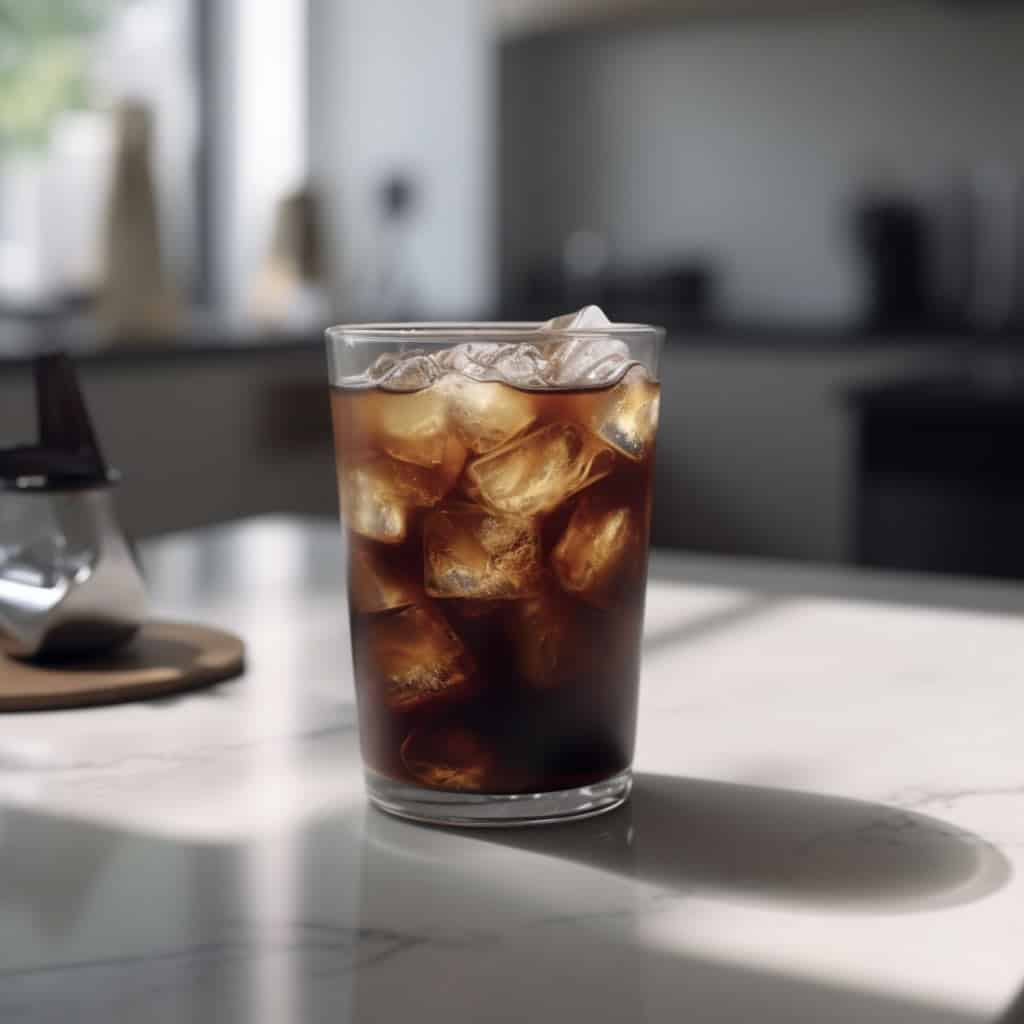
Now if all of this has you eager to try cold brew at home, read my detailed cold brew concentrate recipe.
You will not regret it, I promise.
If you have any tips or favorite recipes to share, leave them in the comments below – you might just start a new trend.

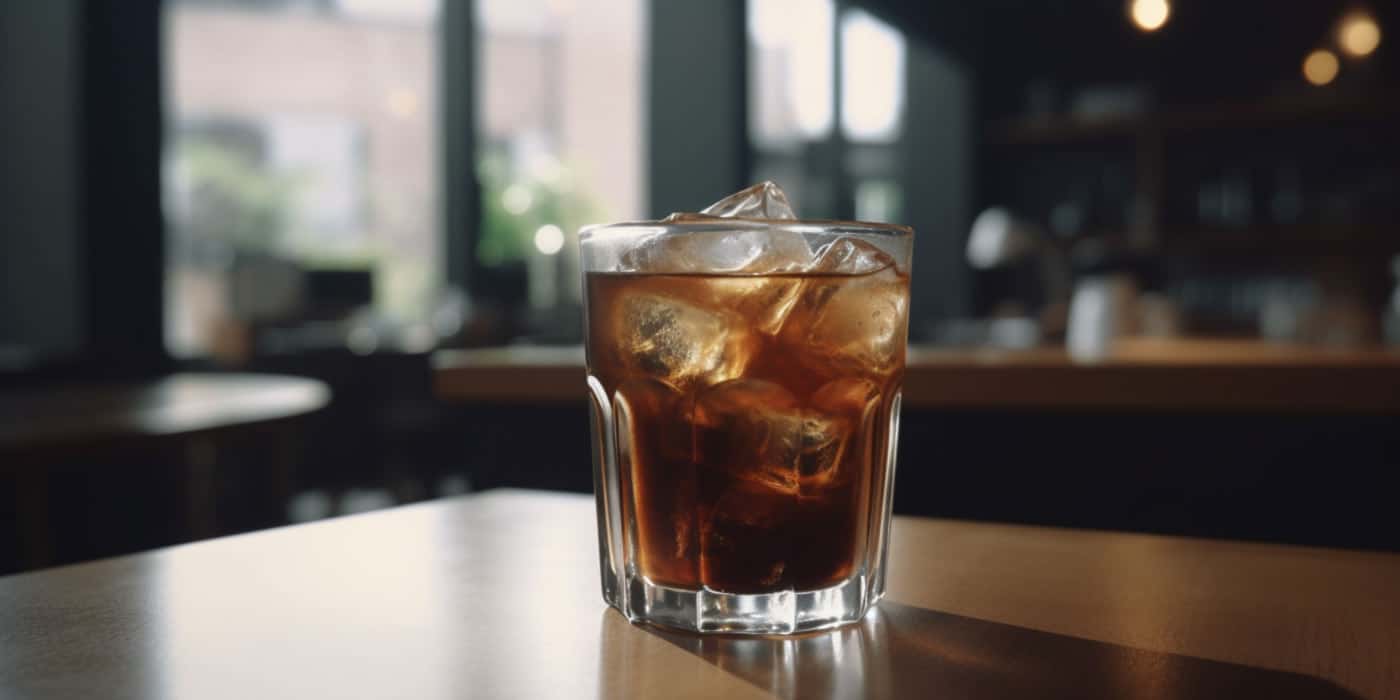

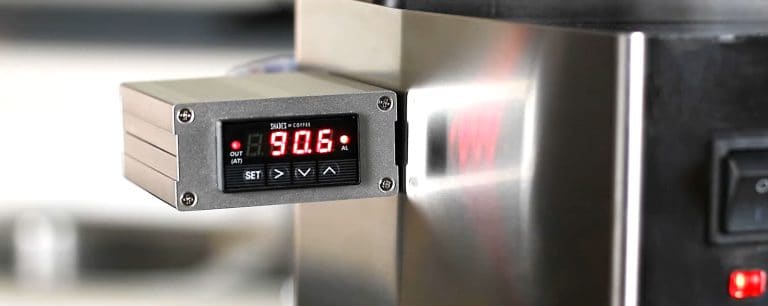

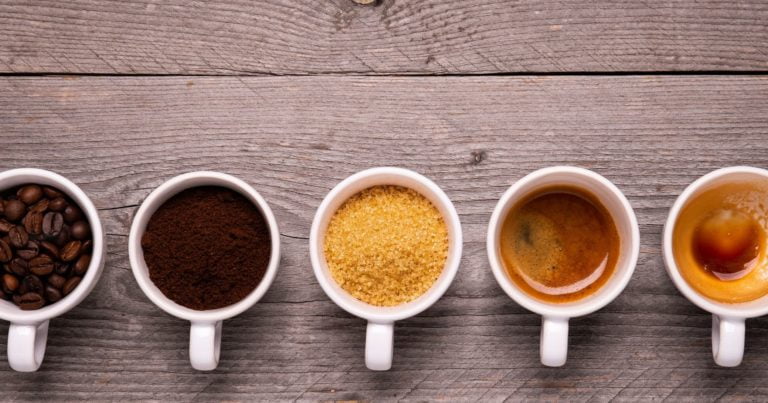
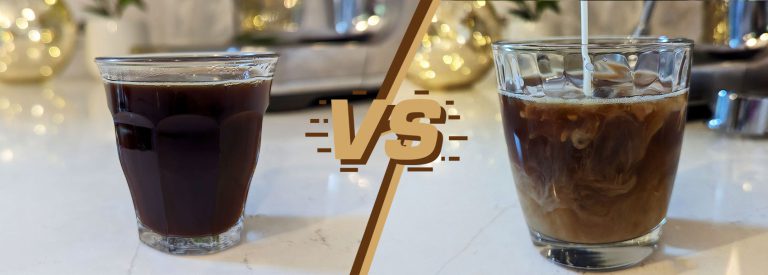
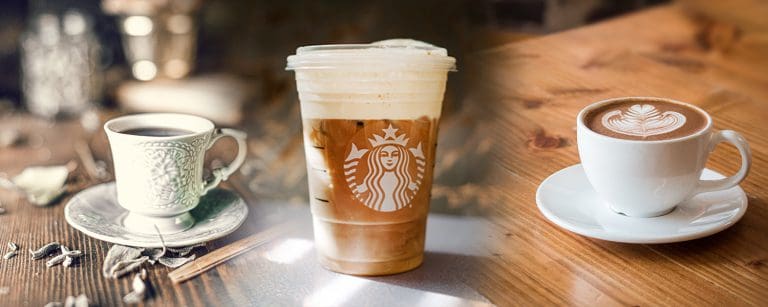
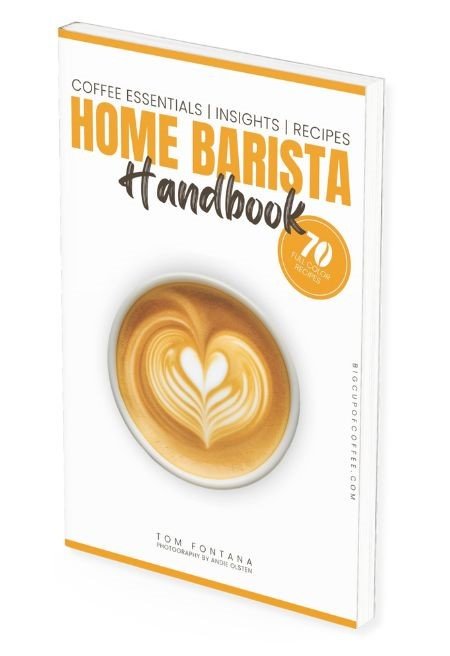
Tom, your piece brings back memories. I went to New Orleans a few years ago and can attest that the cold brew there is a different beast altogether. Its rich history and the unique smoky-sweet flavor profile they achieve with chicory is something every coffee lover should experience. I guess it’s not just about the refreshment but also the culture infused into the New Orleasn cold brew.
So you’re saying that cold brew has lower acidity because of the brewing method. But what I’m wondering is, does the coffee bean type or roast level make a significant difference in the acidity of the final cold brew product?
I’ve been brewing my own cold brew for a couple of years now thanks to lockdown hobbies, and I’ve noticed exactly what you’re describing – a reduction in stomach issues and a smoother taste overall. It’s been such a game-changer for me that I can’t see myself going back to hot coffee since I can heat my old brew as well.
I’ve always enjoyed cold brew, but I never really understood why it tasted less bitter than my regular drip coffee until now. Your explanation of the slow extraction process and its impact on flavor was an eye-opener. Can’t wait to try making it at home with your method.